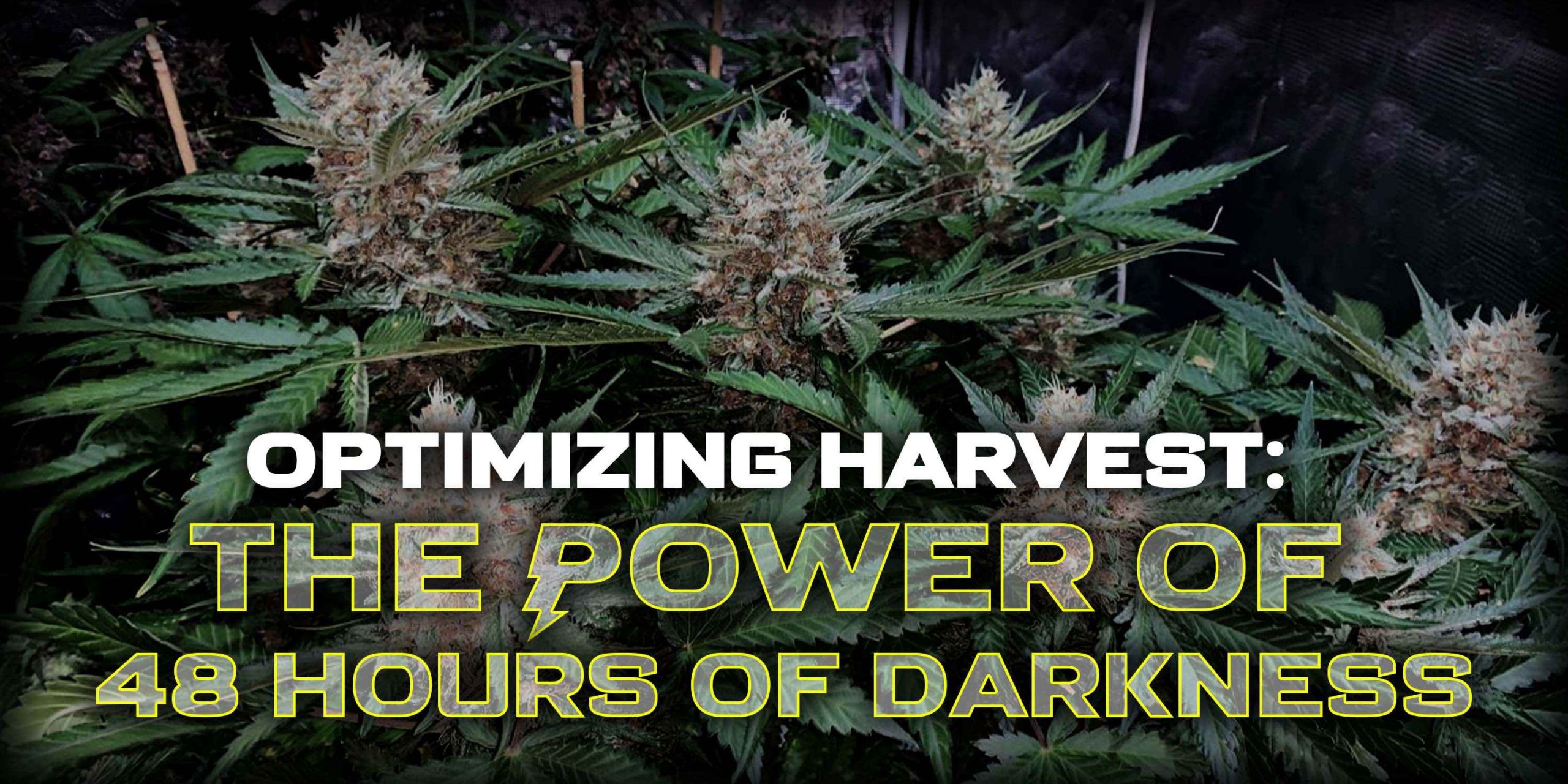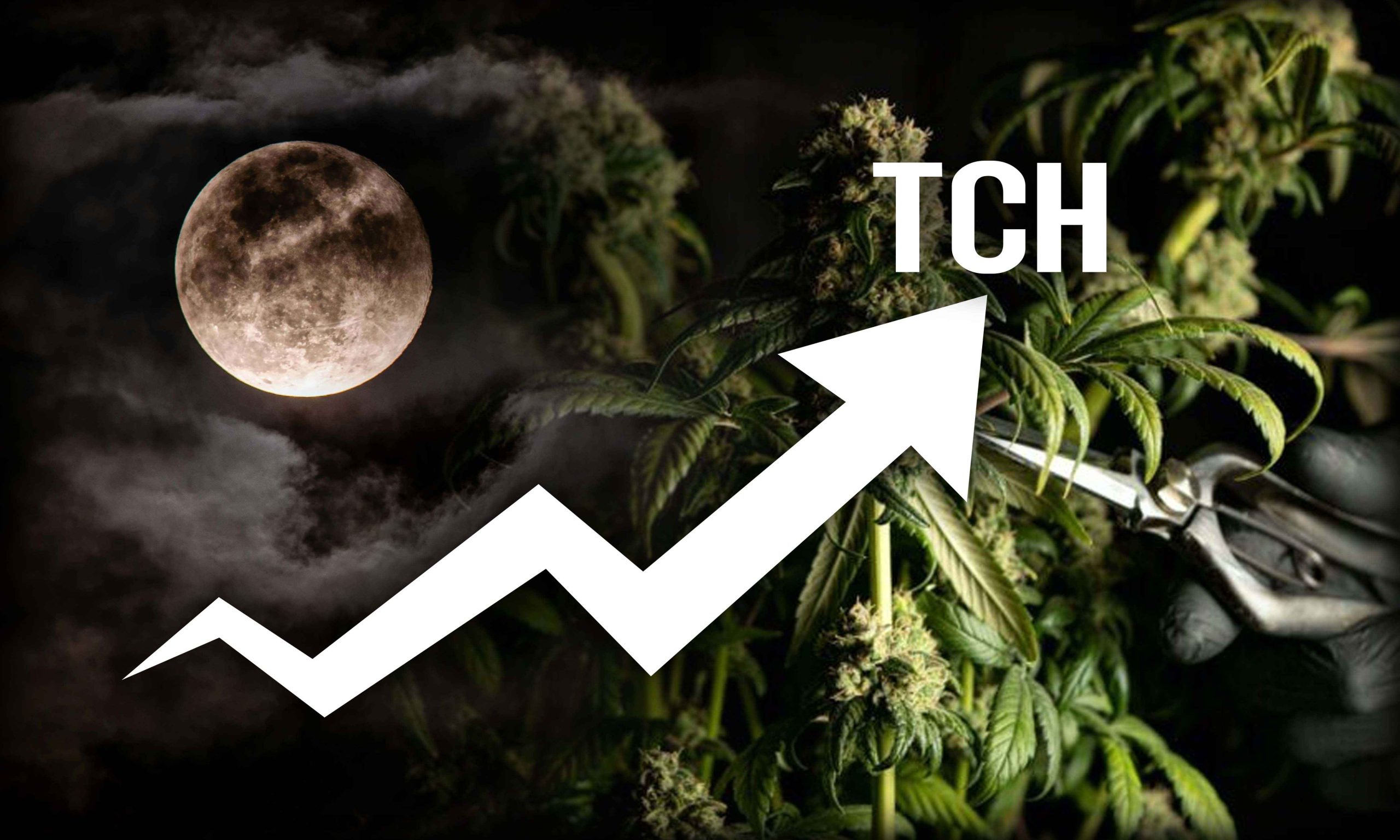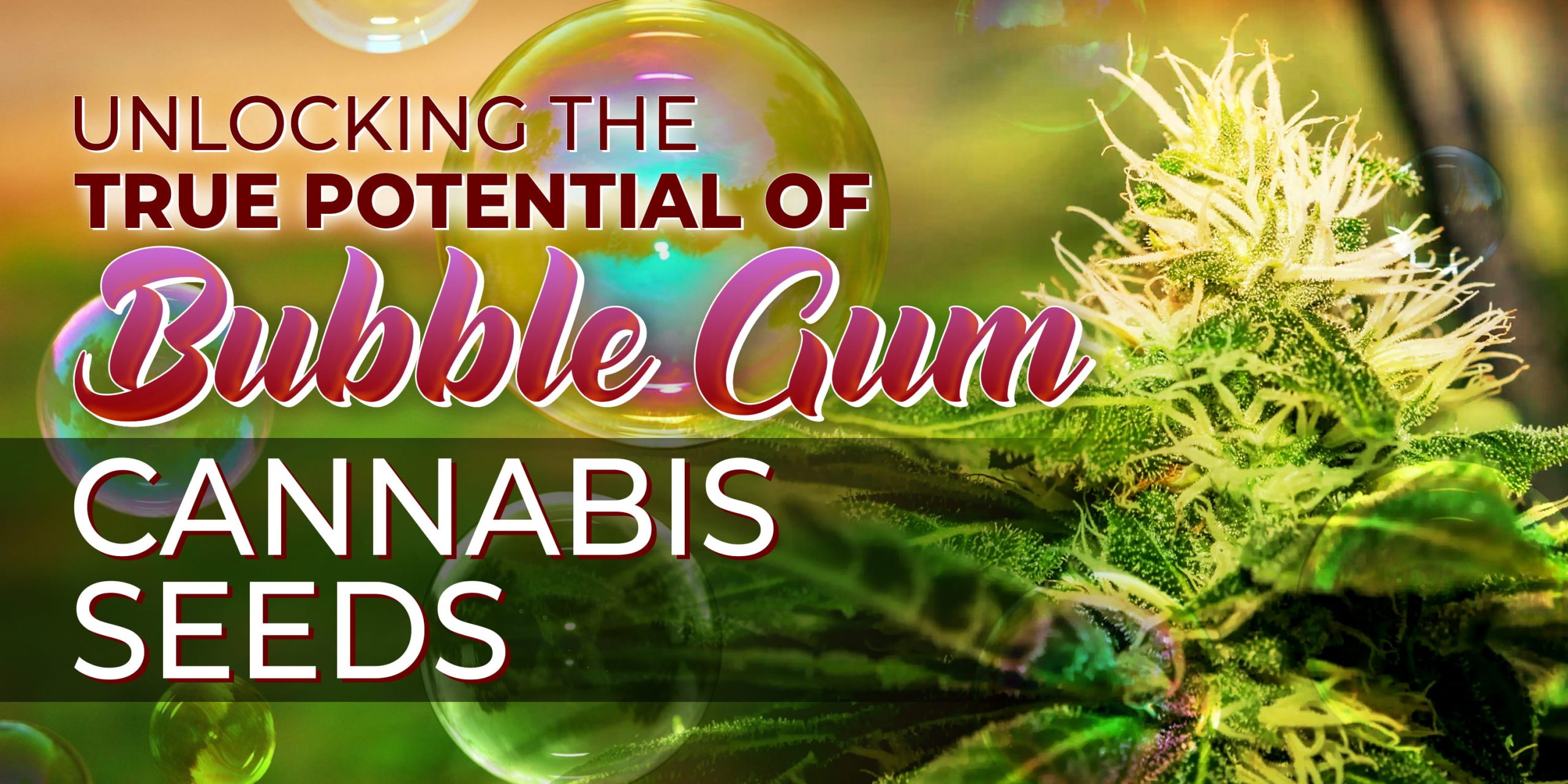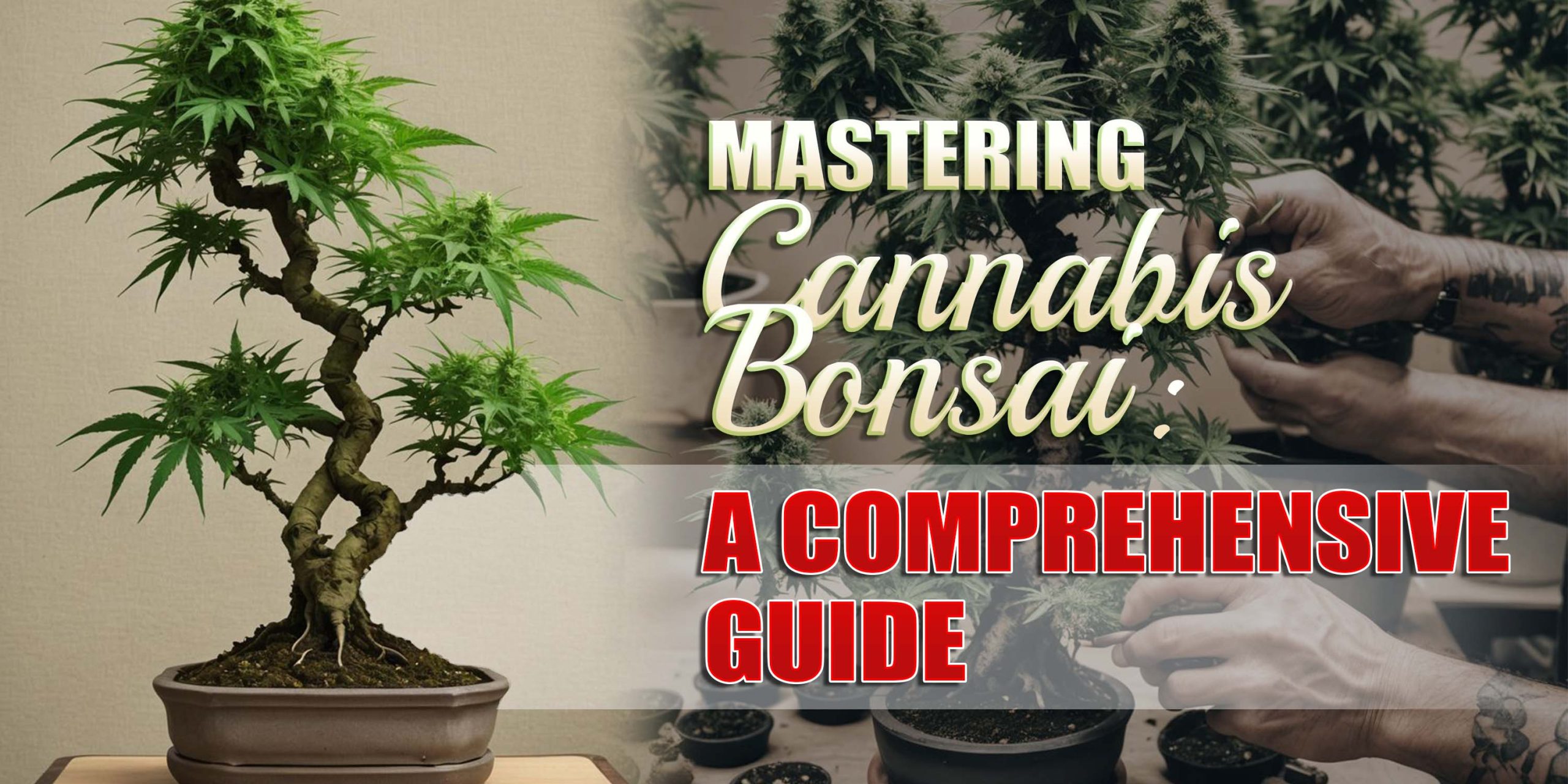At our cultivation facility, we hold a steadfast commitment to maximizing the quality and potency of our harvest. Through meticulous research and experimentation, we have uncovered advanced techniques that consistently yield superior results. Among these techniques, one stands out for its remarkable impact on the final product: subjecting plants to 48 hours of darkness just before harvest. In this comprehensive guide, we delve into the intricate science behind this darkness-before-harvest myth and explore its myriad benefits in elevating the quality of cannabis crops.
Understanding the Science Behind Darkness Before Harvest
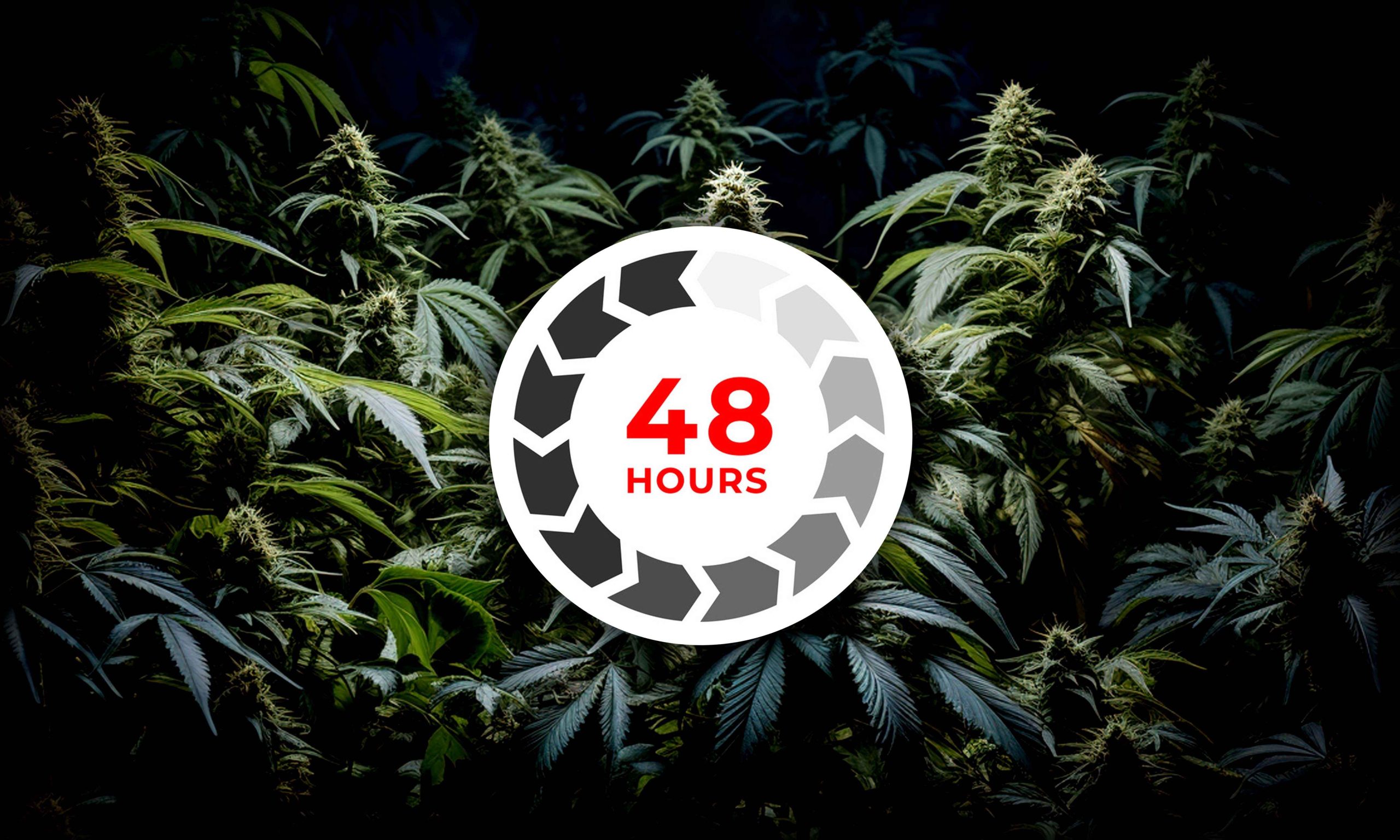
Before delving into the specifics of implementing 48 hours of darkness, it is imperative to grasp the underlying physiological processes that unfold within the plant during this critical period. When plants are exposed to darkness, they undergo a series of intricate changes as they prepare for the culmination of their lifecycle.
Metabolic Processes:
During the dark period, plants experience a profound shift in their metabolic processes. With the cessation of photosynthesis in the absence of light, there is a notable decrease in carbohydrate production. Instead, plants rely on stored reserves to fuel essential metabolic functions, redirecting energy towards flower development and resin production.
Nutrient Redistribution:
Furthermore, the absence of light prompts a strategic redistribution of nutrients within the plant. Resources are reallocated to vital areas such as flower development and resin production, optimizing the plant’s overall health and vigor.
Stress Response:
In addition to metabolic changes, subjecting plants to a brief period of darkness induces a mild stress response. This stress catalyzes increased production of secondary metabolites, including cannabinoids and terpenes, as the plant mounts a defense mechanism against environmental challenges.
Benefits of 48 Hours of Darkness Before Harvest
Now that we have elucidated the physiological changes that occur during the 2 days of darkness before harvest, let us delve deeper into the tangible benefits of implementing this technique in your cultivation regimen.
Enhanced Potency:
One of the most notable advantages of subjecting plants to 48 hours of darkness is the substantial increase in potency. By redirecting resources towards resin production, plants yield higher concentrations of cannabinoids, resulting in a more potent and therapeutically beneficial end product.
Improved Flavor Profile:
In addition to heightened potency, darkness before harvest contributes to an enriched flavor profile. The increased production of terpenes during the dark period leads to a more complex and aromatic bouquet, enhancing the overall sensory experience for consumers.
Enhanced Trichome Development:
Trichomes, the tiny resin glands that adorn the surface of cannabis flowers, play a pivotal role in cannabinoid and terpene production. By subjecting plants to darkness before harvest, trichome development is stimulated, resulting in a greater abundance of these valuable compounds and a visually appealing frosty appearance.
Increased Yield:
While the primary focus of 48 hours of darkness is on quality enhancement, many cultivators have reported a modest increase in yield following this practice. By optimizing nutrient allocation and resin production, plants are primed to reach their full genetic potential, translating into higher yields per plant and greater profitability for cultivators.
Implementing 48 Hours of Darkness: Best Practices
Having elucidated the benefits of 48 hours of darkness before harvest, let us now explore the best practices for effectively implementing this technique in your cultivation process.
Timing:
Timing is of paramount importance when subjecting plants to 48 hours of darkness. This practice should ideally be initiated approximately one to two weeks before harvest, allowing sufficient time for the plant to undergo physiological changes without compromising overall yield or quality.
Environmental Conditions:
Maintaining optimal environmental conditions during the dark period is essential to minimize stress on the plants and maximize the efficacy of the technique. Ensure adequate airflow, temperature, and humidity levels to promote healthy physiological responses and mitigate the risk of mold or other adverse effects.
Light Exclusion:
To achieve the desired effect, it is imperative to completely exclude light during the 48 hours of darkness. Even minimal exposure to light can disrupt the process and diminish the effectiveness of the technique. Seal off the grow space and eliminate any sources of light leakage to ensure optimal results.
Monitoring and Observation:
Throughout the dark period, diligent monitoring and observation of the plants are essential to assess their response and ensure optimal outcomes. While mild stress is expected and beneficial, excessive stress can have detrimental effects on the final product. Keep a close eye on the plants for any signs of stress or adverse reactions, and adjust environmental conditions as needed to maintain optimal growing conditions.
Conclusion
The practice of subjecting plants to 48 hours of darkness before harvest represents a powerful tool for enhancing the quality, potency, and overall value of cannabis crops. By understanding the underlying physiological mechanisms and implementing best practices, cultivators can optimize their harvest and deliver a premium product to consumers. Incorporate this technique into your cultivation regimen and experience the transformative impact it can have on your yield, potency, and reputation in the industry.
FAQs
1. Is 48 hours of darkness necessary for all cannabis strains?
While 48 hours of darkness can benefit most cannabis strains by enhancing potency and flavor, it may not be necessary for all varieties. Some strains may respond differently to this technique, so it’s essential to monitor their response and adjust cultivation practices accordingly.
2. Can 48 hours of darkness be applied at any stage of the flowering cycle?
Ideally, 48 hours of darkness should be initiated during the late flowering stage, approximately one to two weeks before harvest. Implementing this technique too early or too late in the flowering cycle may not yield optimal results.
3. Does light exposure during the dark period negate the benefits of this technique?
Yes, even minimal exposure to light can disrupt the physiological processes triggered by darkness before harvest. It’s crucial to ensure complete light exclusion during the entire 48-hour period to maximize the efficacy of the technique.
4. Can excessive stress from the darkness before harvest harm cannabis plants?
While mild stress induced by darkness can enhance cannabinoid and terpene production, excessive stress can indeed harm cannabis plants and diminish the quality of the final product. It’s essential to carefully monitor the plants for signs of distress and adjust environmental conditions as needed to maintain optimal growing conditions.
5. Are there any risks associated with implementing 48 hours of darkness?
While 48 hours of darkness is generally considered a safe and effective technique for enhancing harvest quality, there are some potential risks to consider. These include increased susceptibility to mold or other environmental stressors if proper environmental conditions are not maintained. Additionally, some strains may respond differently to this technique, so it’s essential to conduct thorough research and proceed with caution.





